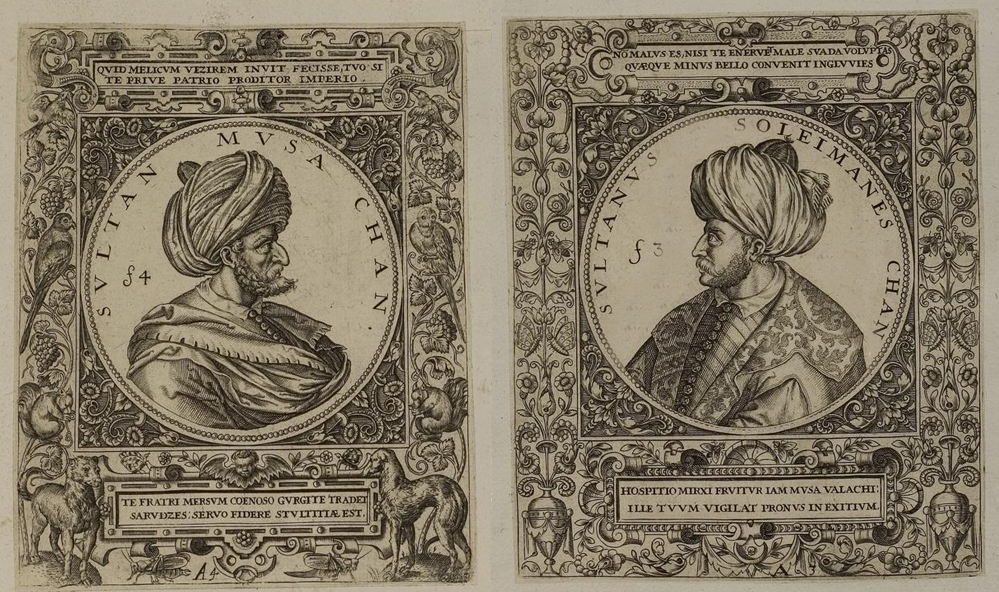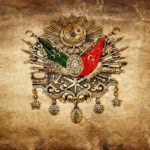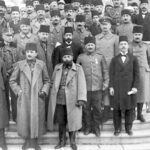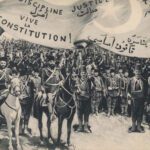The Interregnum refers to a period of political instability and struggles for the throne in Ottoman history. This process started after Yıldırım Bayezid’s defeat against Timur in the Battle of Ankara in 1402. After the war, with the capture of Yıldırım Bayezid, the Ottoman throne was left unclaimed, and this situation led to serious administrative gaps within the empire. The interregnum is defined as a phase in Ottoman history in which the central authority was temporarily weakened.
During this period, there was a struggle for the throne between the sons of Yıldırım Bayezid. The conflicts between Süleyman, İsa, Musa and Mehmet Çelebi caused the division of the Ottoman lands. Each of them tried to establish their own authority in different regions. During the interregnum, these struggles between the brothers left the state in a difficult situation both militarily and politically.
How long the Ottoman Empire survived this process has been clearly revealed by historians. The interregnum lasted a total of 11 years, between 1402 and 1413. During this time, it became almost impossible to ensure the unity of the state. Local administrators acted independently in their own regions, and the central authority was seriously weakened.
Who Brought the Ottoman Empire into the Interregnum?
The Ottoman interregnum began with the defeat of Yıldırım Bayezid in the Battle of Ankara with Timur. This war took place in 1402 and had heavy consequences for the Ottomans. The capture of Yıldırım Bayezid during the war weakened the leadership structure of the state. The developments that followed constituted the basic elements that brought the Ottoman Empire into the interregnum.
After Yıldırım Bayezid was captured, it was not clear who would take the throne. This uncertainty led to the beginning of the struggle for the throne among his sons. Süleyman Çelebi, İsa Çelebi, Musa Çelebi and Mehmet Çelebi dominated their own regions and exhibited independent behavior against the central authority. This situation de facto divided the Ottoman Empire into four parts.
The Ottoman interregnum was not limited to internal turmoil. At the same time, external threats have made this process more complicated. Some communities in the Balkans rebelled against the Ottomans, and the beys in Anatolia began to disrecognize the Ottoman authority. In this process, the diplomatic relations of the state also weakened.
The defeat of Yıldırım Bayezid in the Battle of Ankara and the events that followed put the Ottoman Empire directly into the interregnum. If this war had not been lost, perhaps the Ottoman Empire would not have entered such a disintegration process. The post-war leadership vacuum negatively affected the entire structure of the state.

How Did the Interregnum Affect the Ottoman Empire?
The interregnum was a process in which serious breaks were experienced in the history of the Ottoman Empire. This period, which started in 1402, continued until 1413. This process, which lasted about 11 years, caused great problems both politically and socially.
During the interregnum , the central authority in the Ottoman Empire weakened, and the struggle for the throne led to great chaos throughout the country. The struggle between the four sons of Yıldırım Bayezid made the state ungovernable. Each of them declared its own authority in different regions and dragged the Ottoman Empire into a fragmented structure.
Anatolian principalities re-declared their independence during this period. This situation caused the deterioration of the Anatolian unity that the Ottoman Empire had previously tried to achieve. The Ottoman presence in the Balkans was also adversely affected by this turmoil. In some regions, loyalty to the Ottoman Empire weakened and the tax system was on the verge of collapse.
The interregnum also had serious effects on the people. The economic structure weakened, production and trade slowed down. Due to security weaknesses, the daily life of the people has been greatly disrupted. The effects of the interregnum on the Ottoman Empire are as follows:
- Weakening of central authority
- Struggles for the throne
- Anatolian principalities becoming independent again
- Weakening of control in the Balkans
- Onset of economic downturns
- Increase in security problems in the public
- Proliferation of military indiscipline
- Loss of reputation in foreign relations
The interregnum ended with the accession of Mehmet Çelebi to the throne. However, the traces of this process have been felt in the state structure for many years.









